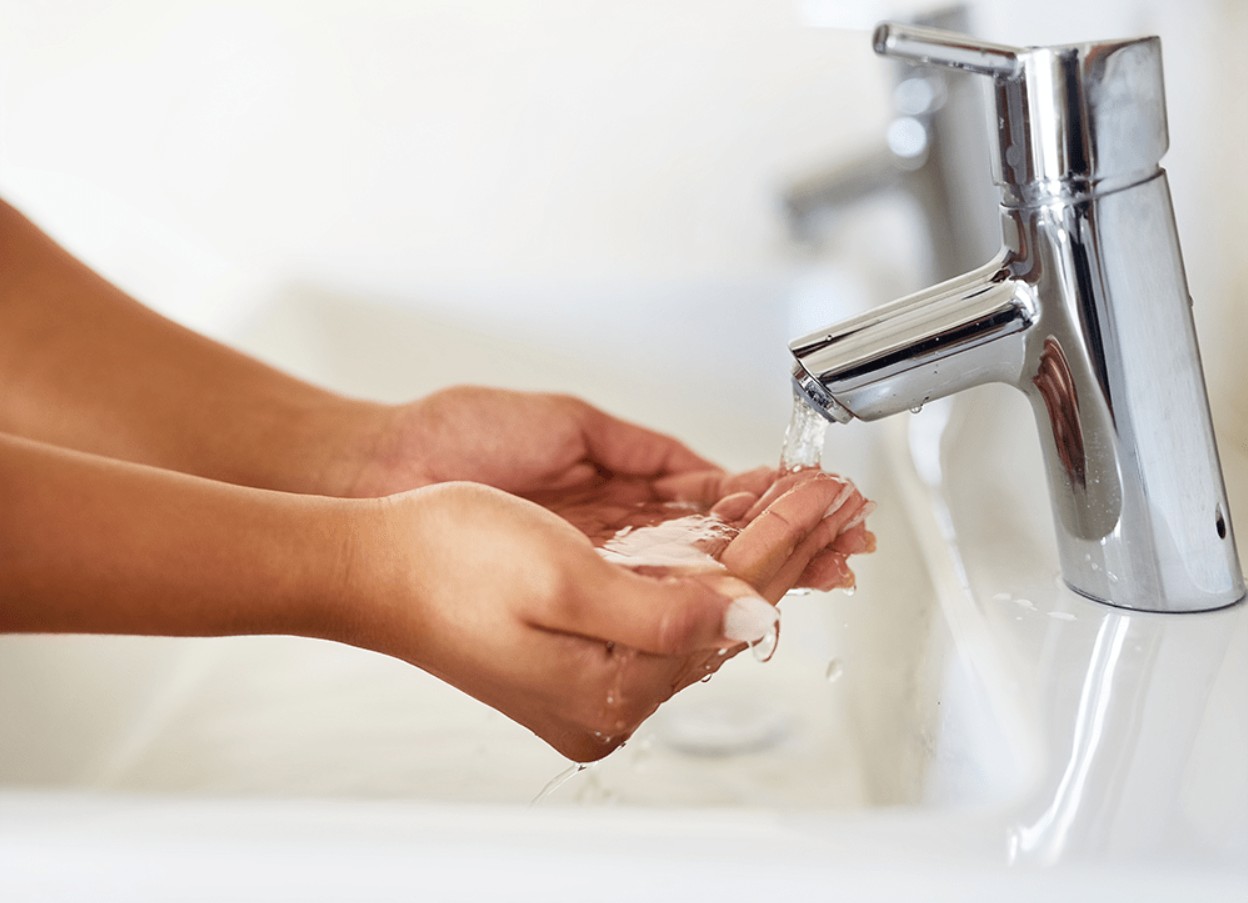
Quick Summary:
Understanding the differences between sterile and clean techniques is essential to preventing infection. This blog explores how and why health and home care settings use these techniques.
Discover what it means for an environment to be truly sterile. Read on to learn how to reduce germs in your environment to help protect yourself and others from infection.
Click a link to jump to the section.
Introduction
Infection control in healthcare is essential to a patient’s health and safety. By knowing these effective prevention techniques, healthcare workers significantly reduce the risk of infection.
Medical professionals advise using safe medical practices for patient care, such as preventing contamination during medical procedures. As such, doctors use sterile techniques during surgery or when placing an indwelling catheter, arterial line, or central line.1
Because viruses and bacteria multiply so quickly, it is crucial to take the necessary steps to remove their presence. Following these techniques can help you maintain a refined environment where such organisms cannot thrive. This helps protect patients, doctors, and visitors alike.
1. What Is Sterile Technique?
The sterile technique, also known as the aseptic technique, follows strict guidelines to diminish microbial presence. This involves creating and maintaining a sterile field. Instruments and environment are key components of the sterile technique, which means using sterile gloves and drapes.
Medical professionals implement sterile practices in operating rooms, catheter insertions, and surgical dressings. For example, surgical site infection prevention adheres to sterile techniques. Hospital staff use a machine called an autoclave, which produces hot, pressurized steam. This kills living organisms on all surgical instruments.2
When used correctly, the sterile technique kills all forms of microorganisms, preventing contamination. As a safeguard, healthcare workers wear gloves, gowns, and masks. They also use sterile drapes, surfaces, and equipment to secure a sterile environment.


2. What Is Clean Technique?
The clean technique implements basic wound care hygiene and proper handwashing in medical care. This reduces the number of germs to minimize the risk of infection. While the sterile technique requires only sterile-to-sterile contact, the clean does not. Instead, it works to prevent direct contact with contaminated items.
Key components of the clean technique include hand hygiene, clean gloves, and disinfected surfaces. For example, a doctor who disinfects an exam table between patients helps maintain a clean environment.
Healthcare professionals use the clean technique in routine wound care, IV insertions, and dressing changes. You can also use it for reducing infection risk in home health. A few examples of when to use the clean technique at home health care settings include bathing, wound care, and medication management.
3. Key Differences Between Sterile and Clean Technique
Now, we’ll explore some key differences between the two techniques. While sterile aims for zero contamination, clean merely minimizes exposure to support a hygienic environment.
In comparing sterile and clean methods, consider your needs. Ensure a sterile field when performing a procedure that might introduce microbes into a patient.3 Focus on clean handling when performing basic care and procedures. This means washing your hands before and after care, removing contaminated materials, and disinfecting tools and surfaces.
Keep in mind that there are appropriate settings for sterile and clean care. Healthcare workers most often use sterile techniques for invasive procedures and clean for basic routines.
A clean technique will not work for procedures that break the skin or enter vulnerable areas. These procedures have a greater chance of exposing the patient to infection. Therefore, they require a sterile technique to ensure no contaminants have entered the body.
4. When to Use Sterile vs. Clean Techniques
Different procedures demand different techniques. For example, surgical procedures always require a sterile technique. Wound dressing changes may use either sterile or clean techniques. This depends on the type of wound and the risk of infection.
To prevent urinary tract infections, catheter insertion always calls for sterile tools. However, simply maintaining a catheter requires only cleanliness, not sterility.
You’ll typically use the clean technique while caring for your health at home, with close attention to sanitation.
5. Best Practices for Each Technique
Best practices differ between the two techniques. Let’s look at how to accomplish each one:
For Clean Technique:
- Always wash your hands before and after care. To adequately wash your hands, place your hands under running water, apply soap, and scrub for at least 20 seconds.
- Use clean gloves and disinfected surfaces. Make sure to replace your gloves after coming in contact with contaminated items.
- Safely dispose of soiled materials to minimize contamination.
For Sterile Technique:
- Properly don sterile gloves, gowns, and masks. First, ensure that your hands are clean and dry.
- Maintain a sterile field. This means disinfecting medical equipment before procedures.
- Avoid cross-contamination in medical care. Follow the sterile-to-sterile contact rule and steer clear of non-sterile or contaminated surfaces.4


6. Common Mistakes to Avoid
A few common errors in sterile fields include setting up too early, draping incorrectly, and disregarding airborne contaminants.5 Because these things allow for the advancement of harmful microbes, they increase the risk of infection.
Movement around equipment can contaminate it before the procedure begins. To prevent the risk of infection, drape the patient as close to the procedure time as possible.
While air cannot be sterile, you can still provide a sterile field that protects against airborne contaminants. Healthcare environments might choose to implement an air quality management system that minimizes the risk of contamination.
Ensure that you don’t break sterile fields by touching non-sterile items. Cross-contamination can also occur from poor hand hygiene or improper disposal of contaminated materials.
Conclusion
Choosing between sterile and clean techniques depends on whether you need to reduce or eliminate microbes.
The sterile technique requires careful attention to your instruments and environment to ensure you’ve completely removed all microorganisms. The clean technique merely intends to minimize the number of germs.
Both are essential to preventing infection, though the chosen technique depends on the type of procedure. To properly stop the spread, you must understand which technique you need and how to adhere to its principles.
Patient safety is the utmost priority. Observing sterile and clean techniques when necessary will create a patient environment safe from contamination. For the best results, always make sure to follow healthcare guidelines.
Footnotes
1 "Centers for Disease Control and Prevention." Infection Control Basics
2 "Tuttnauer Product Experts." Preventing the Spread of Infection in Hospitals. Tuttnauer.
3 "Tennant, K. & Rivers, C.L. (2022, September 19)." Sterile Technique. National Library of Medicine.
4 "The Joint Commission (2013, November 20)." Preventing Central Line–Associated Bloodstream Infections: Useful Tools, An International Perspective.
5 "Periop Today (2024, March 21)." Are You Making These 3 Critical Sterile Technique Mistakes?


Login and Registration Form